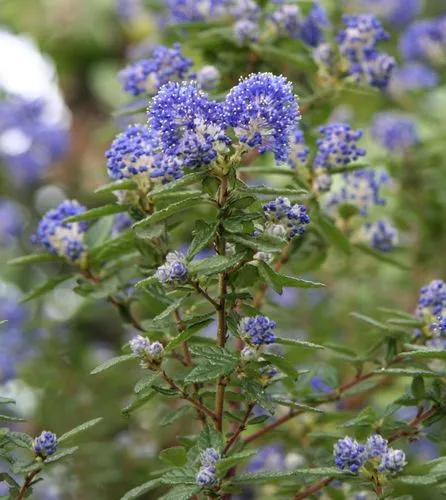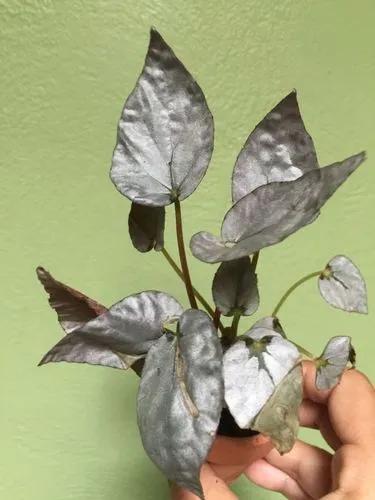Vriesea heliconioides is a plant species in the genus Vriesea. This species is native to Central America, Mexico (Quintana Roo, Chiapas, Tabasco, Oaxaca, Veracruz), and South America (Colombia, Peru, Venezuela, Suriname, French Guinea, Brazil, Bolivia, and Ecuador).
Vriesea Heliconioides Care
Vriesea Heliconioides



How to Care for the Plant

Water

Bromeliads are very tolerant of drought conditions. In a typical house, it's usually not necessary to keep the central cup of the plant constantly filled with water. But this is an option if the light levels and temperature are high. If you do centrally water your bromeliad, make sure to flush the central cup every so often to remove any built-up salts. But in general, it's enough to water these plants very sparingly through the soil weekly during the growing season and reduce watering during the winter rest period. Never let the plant rest in standing water.

Fertilizer

Bromeliads are not heavy feeders. During the growing season, use a liquid fertilizer diluted at 1/8 or 1/4 strength, applied every two to four weeks. If you use a slow-release pellet fertilizer, apply a single pellet once each season when watering the central cup. Avoid feeding mature plants in winter or when the plant begins to flower.

Sunlight

Different genera of bromeliads are tolerant of different levels of light. Some can withstand full tropical sun, while others will quickly scorch. In general, the varieties with soft, flexible, spineless leaves usually prefer lower light levels, while those with stiff, hard leaves prefer bright indirect light.

Soil

Bromeliads frown indoors thrive in fast-draining potting soil that holds moisture but drains well. A mixture of 2/3 peat-based soil and 1/3 sand is often ideal. You can also use orchid mix, charcoal, or soilless potting mix. Many bromeliads that are epiphytic can be grown in containers, or you can try to grow them as authentic "air plants" mounted to boards or logs (typically secured with ties or glue).

Temperature

Bromeliads are also highly tolerant of temperature variations, but plants in hotter conditions need more humidity. Bromeliads prefer temperatures between 55 and 80 degrees Fahrenheit. Though some cold-hardy types can survive temperatures down to 20 degrees, they should generally not be exposed to temperatures under 40 degrees.

Additional

Bromeliads are not considered toxic to humans or animals, however some individuals, especially those with latex sensitivities, may experience skin reaction when contacting the sap of these plants.

Popularity

37 people already have this plant 5 people have added this plant to their wishlists
Discover more plants with the list below
Popular articles






